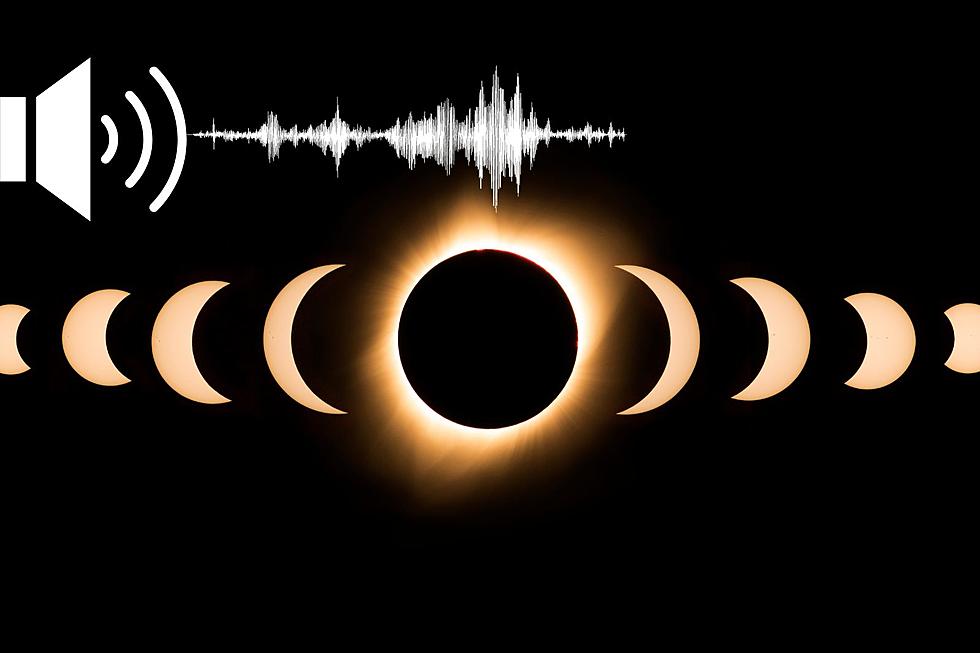
This Free Device Allows the Blind to Experience the Solar Eclipse with Sound
As the Evansville, Indiana region prepares to welcome around 80 thousand visitors for the April 8, 2024, total solar eclipse, there is one part of the population that we don't want to leave out.
Science Using Sound to See
As of the 2020 stats from Vision Atlas, there were an estimated 18 million people with vision loss or complete blindness. Thanks to a team of Astronomers and Engineers at the Center for Astrophysics | Harvard & Smithsonian, there is a way to experience the total solar eclipse, even if you can't see it.
Hear the Universe
Have you ever wondered what a solar eclipse sounds like? For the blind and visually impaired (BLV) community, experiencing this celestial phenomenon can be a challenge. But thanks to a revolutionary device called LightSound, the magic of the eclipse can now be enjoyed by everyone, regardless of sight.
What is LightSound?
Developed in 2017, LightSound is a game-changer in accessibility for astronomical events. This innovative tool utilizes sonification, a technique that transforms data into sound. During a solar eclipse, as the moon gradually covers the sun, the LightSound device detects the decreasing light intensity and translates it into a corresponding change in musical tone.
Imagine the sun's brightness represented by a high-pitched tone. As the eclipse progresses and the sunlight dims, the tone gradually descends, creating a unique auditory experience that mirrors the visual phenomenon.
From Prototype to Promise: The 2024 Eclipse and Beyond
The LightSound project embarked on its journey in 2017 with the development of a prototype used during the North American eclipse. Witnessing the success of this initial phase, the project now aims to build over 750 LightSound devices, all to be distributed free of charge to organizations hosting eclipse viewing events.
Read More: Downtown Evansville, Indiana Hosting an Epic Eclipse Event 2024
Light Up Your Ears: How it Works
LightSound is incredibly user-friendly. This handheld device is equipped with a light sensor that captures the sun's brightness. The collected data is then processed and converted into sound, which can be enjoyed through headphones for a personal experience or played through a speaker for group listening.
The device is powered by various options, including a 9V battery, a rechargeable Li-ion battery, or even a USB connection to your laptop. Additionally, the data captured by LightSound can be saved and analyzed later, offering valuable scientific insights.
Free to Everyone
This remarkable initiative strives to make the 2024 total solar eclipse accessible to the BLV community, fostering inclusivity and engagement in the wonders of the universe. Moreover, LightSound serves as a valuable educational tool, offering a unique way to understand and learn about eclipses even before the event itself.
The Evansville Museum is just one of the many locations already equipped with a LightSound device for the upcoming eclipse, highlighting the project's growing reach and impact.

2024 Total Solar Eclipse Festival Guide: Explore Events Across Indiana
Gallery Credit: Kat Mykals
LOOK: 31 breathtaking images from NASA's public library
Gallery Credit: Deborah Brosseau
More From WGBF-FM









